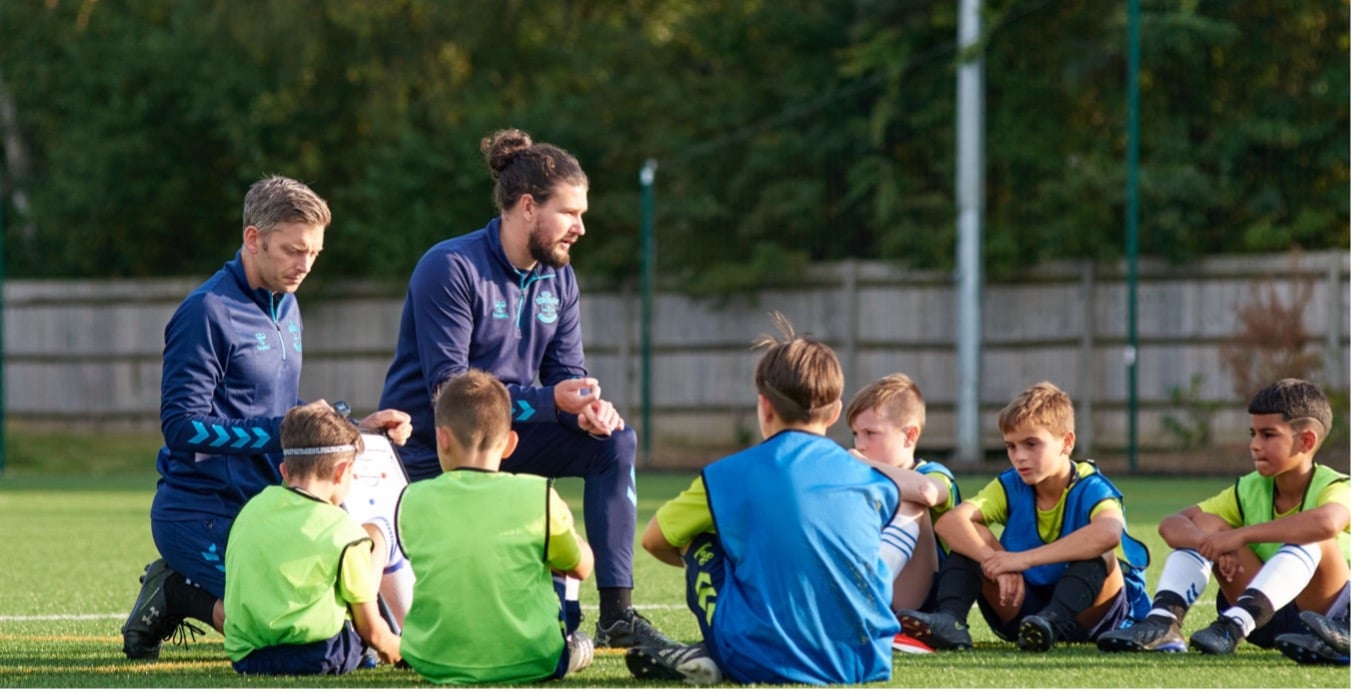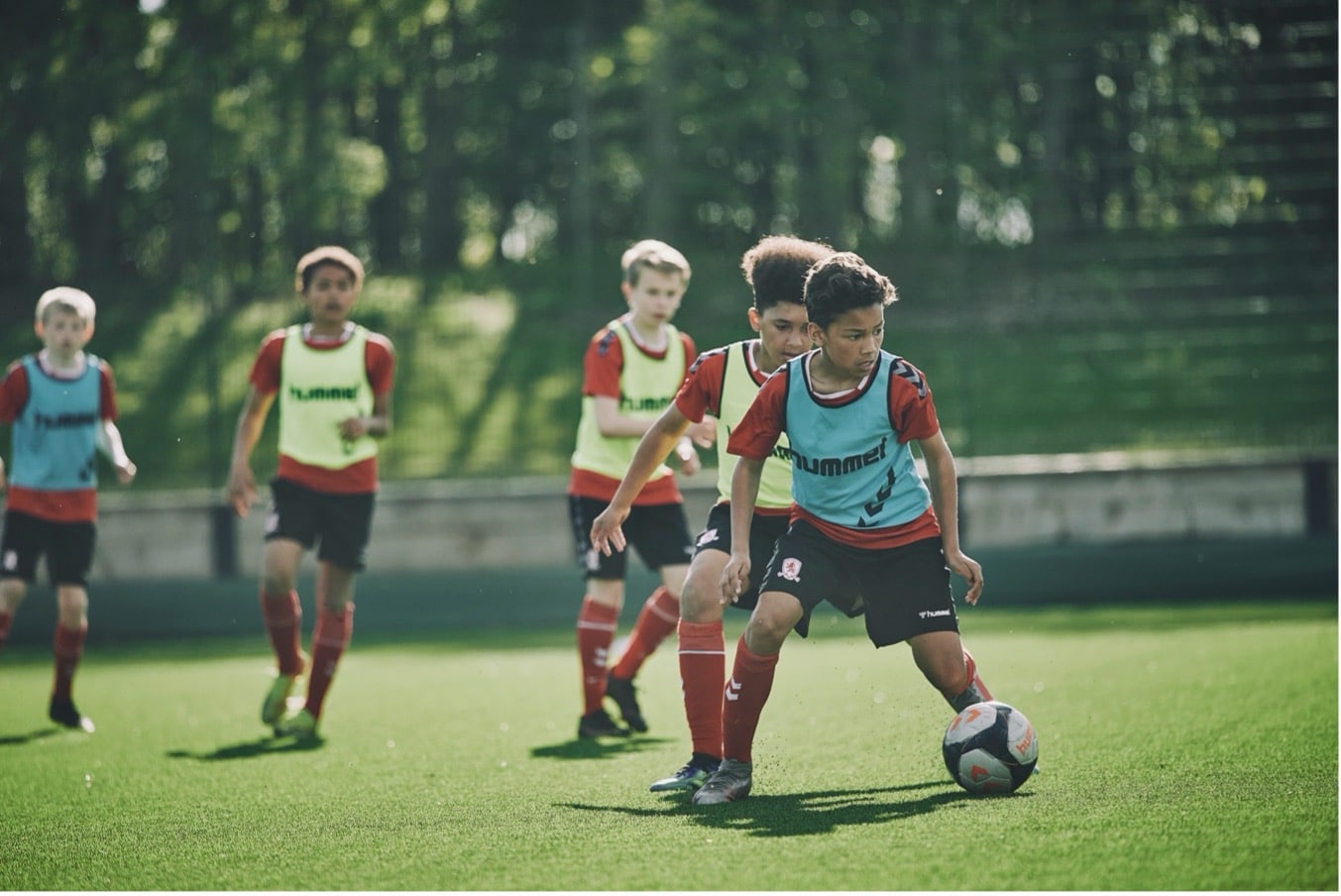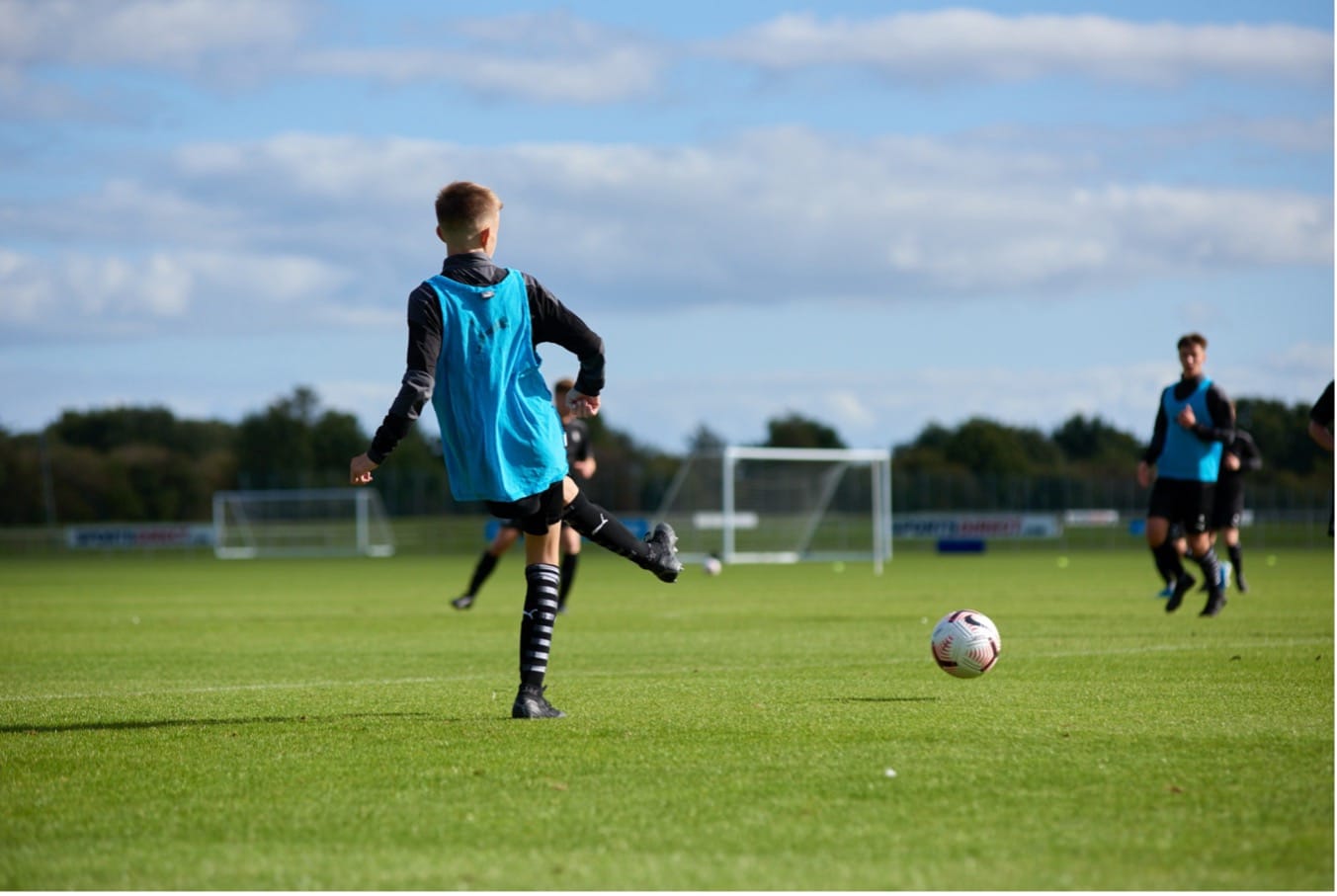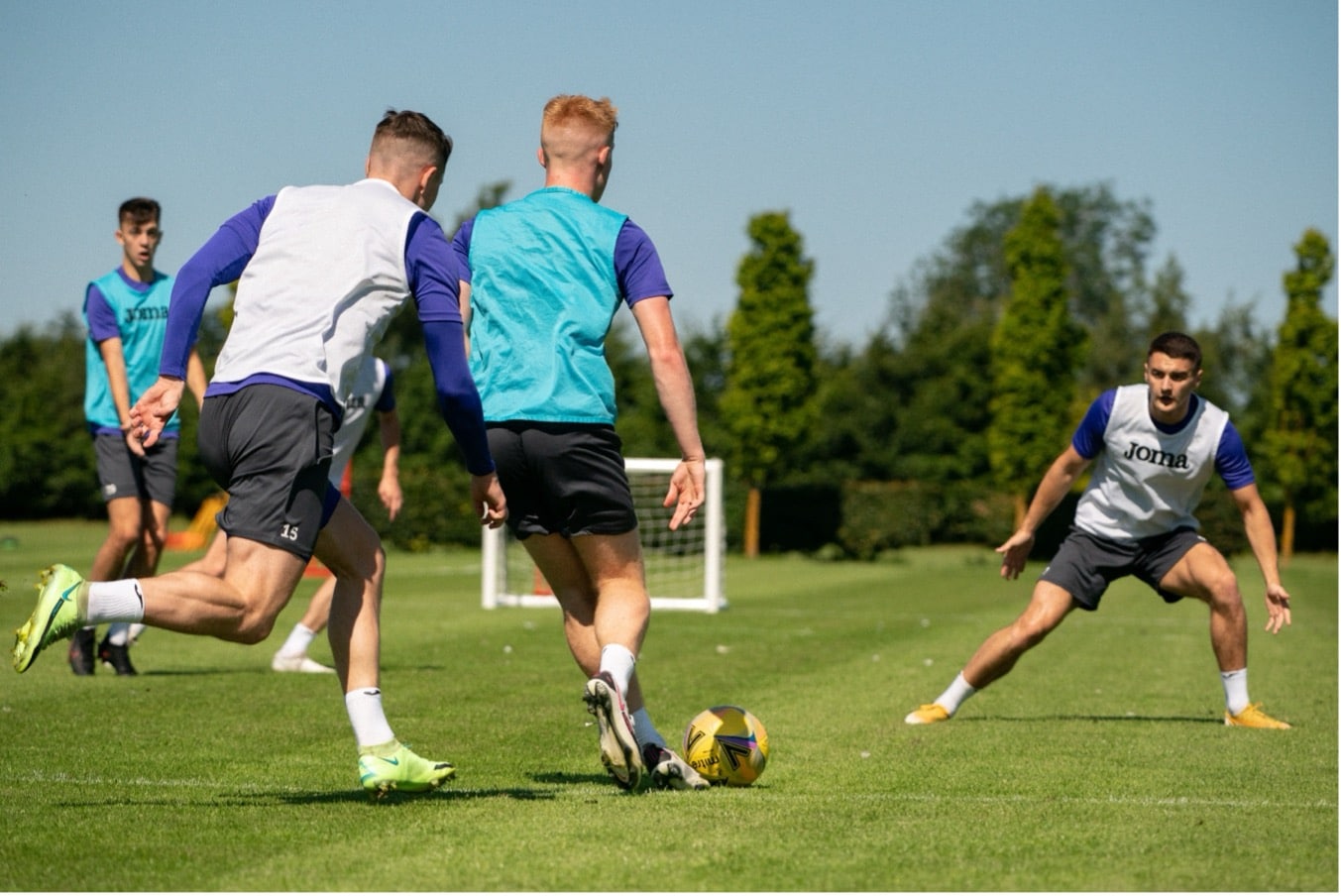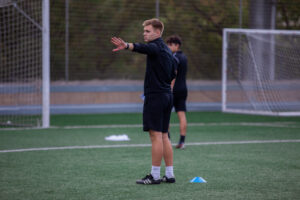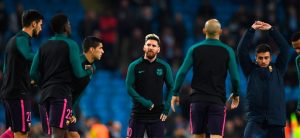Football players tend to go through different stages of game understanding throughout their careers, and each phase allows us to understand it based on their behaviour.
MBP Coaches’ School (2014) identified four different stages that players go through during their training process. These stages are: egocentric 0, egocentric, summative and collective. However, not everyone will go through all of them, as some players will not pass through the first stage and others will not reach the collective stage, each for different reasons.
Why divide the process into stages? Because each stage allows us to know what level of game understanding players have at each moment of their development. In other words, we can learn about their knowledge of the sport by observing their behaviour during the game: whether they tend to play individually or associate with their teammates; whether they act for their own benefit or to benefit the team. To do this, it is essential to know what characteristics the player exhibits at each of these stages.
1. Egocentric Stage 0
They are usually very young children (normally between the ages of 4 and 7) who have had very little experience with sports or physical activity, which means they have many coordination difficulties. In addition, these children are often unfamiliar with the rules of football and therefore do not understand the game.
They also have a very individualistic view of the game, seeking only to be the centre of attention. The ball is the focus of attention at all times, so they try to keep it in their possession for as long as possible or swarm around it to recover it quickly, which makes the play disorganised.
2. Egocentric Stage
Unlike the previous stage, players gradually begin to separate themselves from the ball, both in attack and defence, allowing them to apply new behaviours in the play. However, the desire to be the protagonist still prevails, so they will still seek to have the ball as much as possible, to the detriment of linking up correctly with their teammates in most playing situations.
That is why the main objective of this stage will be to introduce players to more specific football practices through simple individual and collective tactical concepts, which will allow them to better understand the game, while maintaining an individual focus on their development, especially in terms of their ball skills.
3. Summative Stage
The summative stage shares the same objective as the egocentric stage, namely to introduce players to the more specific practice of football through basic individual and collective concepts that enable them to better understand the game. However, at this stage, the child’s interaction with teammates and opponents will be introduced (Lasierra and Lavega, 1993). In other words, we will see a more associative game than in the previous stage, where the player will be much more involved even when not near the ball.
4. Collective Stage
This stage is the final link in the player training process. It is the ideal time for specialisation and in-depth knowledge of more specific football concepts, as it requires a high level of effectiveness in the play, both individually and collectively. Within the collective stage, there are two periods: technical training (collective I) and performance (collective II).
The technical training period aims to perfect collective technical and tactical actions, as well as developing the basic physical abilities required for the game (Ardá and Casal, 2003).
For its part, the main objective of the performance period is to enhance the actions that the player performs with a high level of efficiency and, in turn, eliminate those actions that are deficient or that do not benefit the team’s play. Therefore, the player’s immersion in the collective reaches its peak when they are able to reach the final stage of the process.
Therefore, dividing the training process into different stages will allow us to better identify our players’ level of game understanding and, with that, adjust the training content they need to consolidate at each stage to enhance their skills and cognitive abilities.

